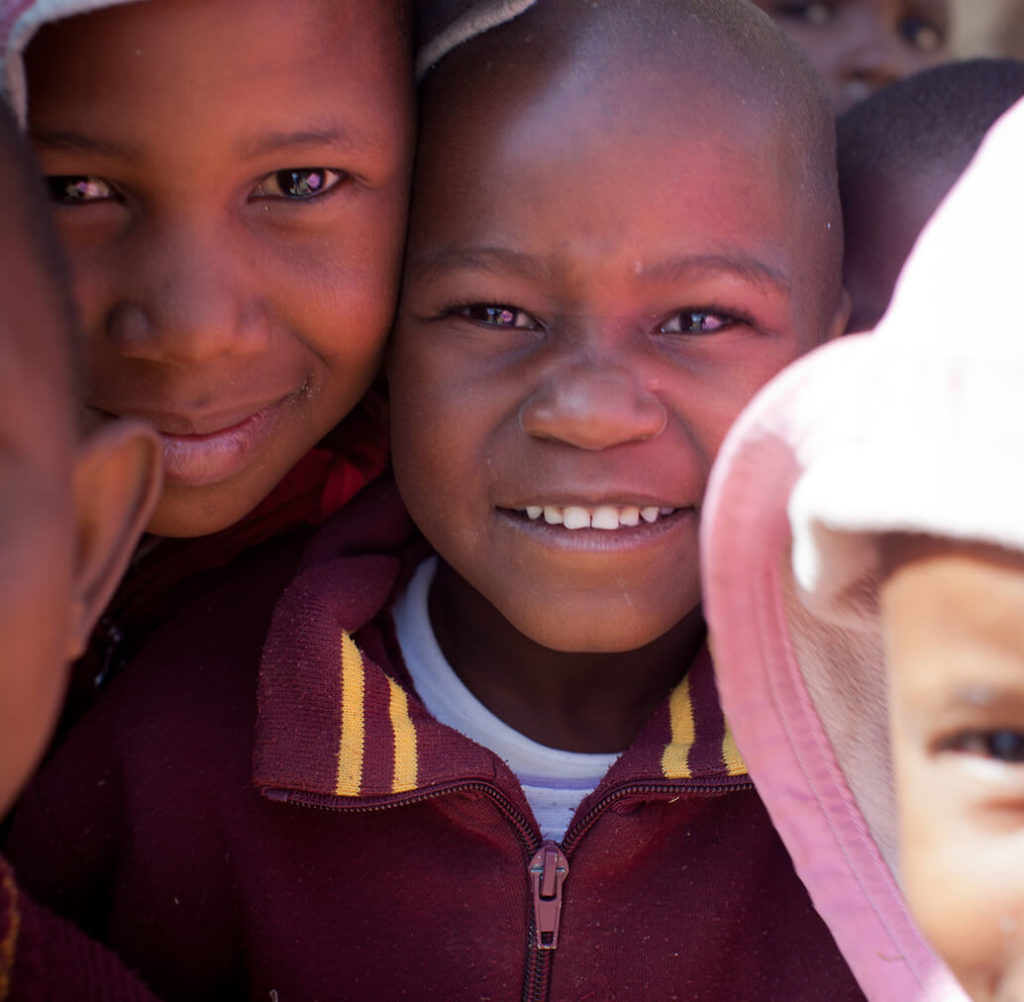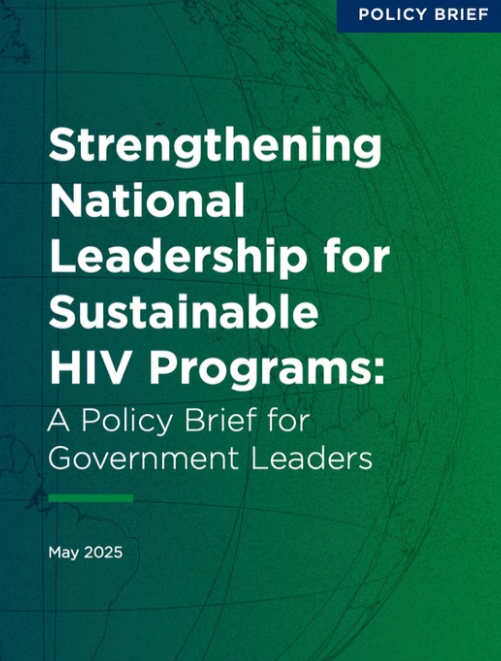BLC: Strengthening and Expanding Capacity to Deliver Needs-Based Services for Orphans and Vulnerable Children
BLC: Strengthening and Expanding Capacity to Deliver Needs-Based Services for Orphans and Vulnerable Children

The HIV epidemic has contributed to a large number of orphans and vulnerable children (OVC) in southern Africa, particularly in Lesotho and Namibia, as a result of high HIV prevalence rates. One in every three children in Lesotho is an OVC, and nearly half of all households are caring for at least one orphan. In Namibia, one out of every five children is an OVC.
Vulnerable children are more susceptible to factors contributing to HIV infection, such as extreme poverty and physical and psychological abuse. These factors can have a detrimental effect on a child’s development, limiting access to quality education, services, and opportunities. Moreover, a child’s survival and success are largely dependent on a nurturing environment. However, national responses to the needs of OVC in the southern African region have not been well coordinated or evidence-based, with activities frequently implemented in the absence of appropriate standards.
Early childhood care and development (ECCD) has a significant impact on a child’s future educational performance by ensuring a smooth transition to primary education. It has been shown that effective ECCD programs result in physically and emotionally healthier children and benefit caregivers as well as children. However, the quality of ECCD in the region is variable, with limited evidence from which programs can draw expertise and guidance. In addition, these programs are rarely integrated with other essential interventions, such as HIV testing and nutritional screening and support.
The Building Local Capacity for Delivery of HIV Services in Southern Africa Project (BLC), implemented by MSH and funded by USAID, is responding to these challenges, in collaboration with the Southern African Development Community (SADC). Read more about BLC’s approach, services, results, lessons learned, recommendations and tools in this publication.


